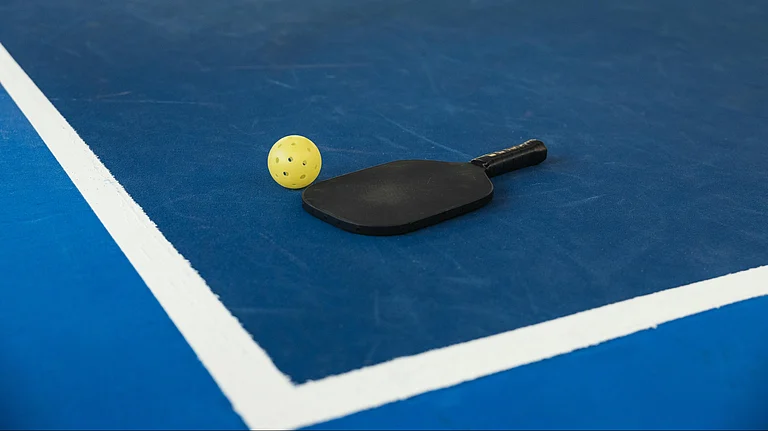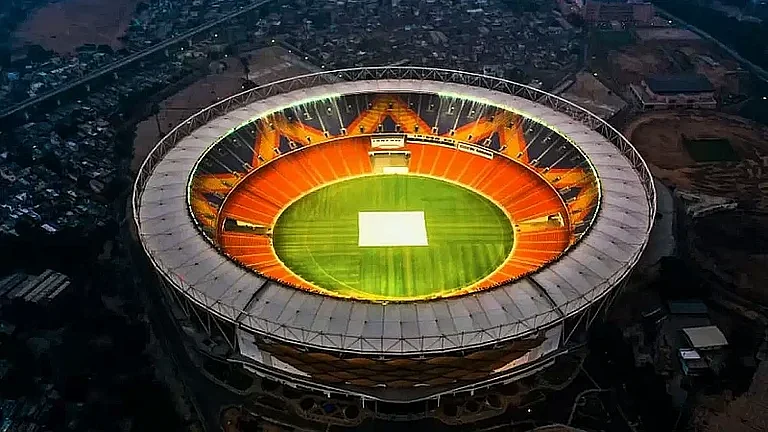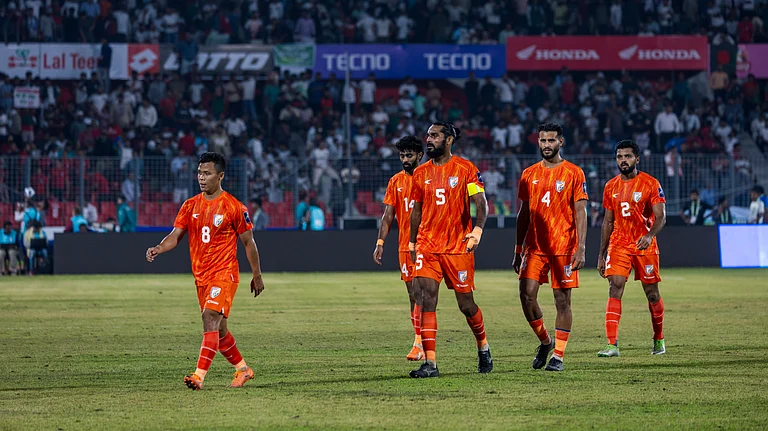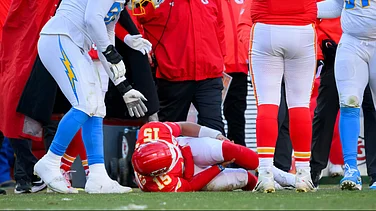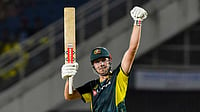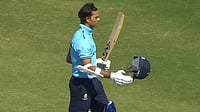Whenever you would have heard of para athletes, you would have noticed that apart from sport and gender classification there is one more sub-category. For example, India's star para javelin thrower Sumit Antil, the Tokyo Paralympics champion, competes in men's javelin throw 'F64' classification. Avani Lekhara, another Tokyo gold medalist, competes in 'SH1' classification. (More Sports News)
What are these and how are athletes classified in these classifications? In this article we will know it all.
What is classification in Paralympics and why is it important?
The International Paralympic Committee (IPC) website reckons classification is the "cornerstone" of the Paralympic movement.
In simple terms, classification can be understood as a process to categorise para athletes according to the degree of impairment so that no one gets an unfair advantage.
Since different disability requires different skillsets, so every sports at the Paralympics employs its own classification.
The IPC website states: "Classification aims to minimise the impact of the impairment on athletes’ performance so that the sporting excellence determines which athlete or team is ultimately victorious. Ensuring that athletes are classified prior to competing is crucial to safeguarding the integrity and credibility of the competition."
How Are Para Athletes Categorised Based On Disability?
According to IPC, the classification of athletes is based on three fundamental questions:
Does the athlete have an Eligible Impairment for this sport?
Does the athlete’s Eligible Impairment meet the Minimum Impairment Criteria of the sport?
Which Sport Class should the athlete be allocated in based on the extent to which the athlete is able to execute the specific tasks and activities fundamental to the sport?
If anyone wishes to join para sports the first and foremost condition is that they must have a permanent 'Eligible Impairment'. As per the IPC, there are 10 Eligible Impairments that are classified into three groups:
a) physical impairments, comprising the eight impairments that cause activity limitations that are biomechanical in nature – impaired muscle power, impaired range of movement, limb deficiency, leg length difference, hypertonia, ataxia, athetosis, and short stature
b) vision impairment
c) intellectual impairment
The governing of body of ap particular para sports gauges the impairments and decides on who clears the 'Eligible Impairment' criteria.
Then comes the second step: Minimum Impairment Criteria. Governing bodies of different sports decide what is the minimum level of impairment one has to have to be allowed into that particular sports.
After that para athletes are assigned Sport Classes. A Sport Class groups athletes with a similar activity limitation together for competition, so that they can compete equitably.
Sport Classes are numbered, with a lower number signifying a greater level of impairment. And this is what those numbers suggest. F64 for Sumit Antil and SH1 for Avani Lekhara are their Sports Classes and different sports have different such classes.








